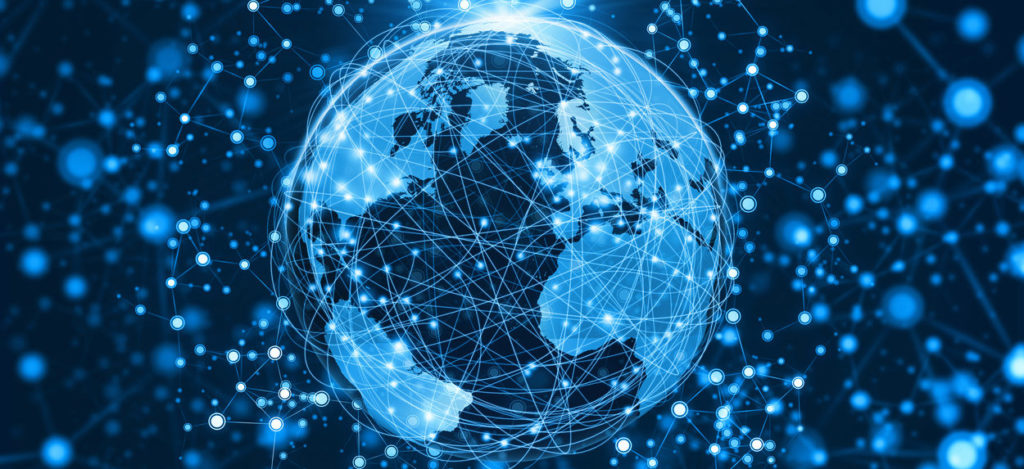A typical passenger vehicle emits about 4.6 metric tons of carbon dioxide per year.
Source: https://www.epa.gov/greenvehicles/greenhouse-gas-emissions-typical-passenger-vehicle
Each year, more than 11 billion tons of stuff gets carried around the world by large ships. Clothes, flat-screen TVs, grain, cars, oil — transporting these goods from port to port is what makes the global economy go ’round.
There’s a huge cost to all this shipping. The ships have to burn a lot of bunker fuel, and in 2012, they ended up emitting some 796 million tons of carbon dioxide. The researchers note that that’s more than “the whole of the UK, Canada or Brazil emit in a year.” Or, put another way, shipping is responsible for some 3 to 4 percent of man-made greenhouse gas emissions.
Now, this is still much more efficient than shipping all that stuff by land or air. Still, researchers have been looking into ways to shrink the shipping industry’s carbon footprint. Nate Berg ran through some of the best ideas here: “From technological improvements such as retrofitted rudders and propellers to enhanced weather routing, shipping companies are eyeing many ways to improve their efficiency.”
Source: https://www.vox.com/2016/4/25/11503152/shipping-routes-map
Big ships can use more than 100 metric tons (110 tons) of fuel oil per day and can take two weeks or more to traverse oceans.
The environmental cost of shipping stuff is huge. Can we fix that?
Much of the stuff around us at any given moment — be it product, commodity, or raw material — was once on a boat. To get from wherever it was made or processed or harvested to wherever it’s used or consumed, all this stuff embarks on a seaborne journey around the world. It happens thousands of times a day, on tens of thousands of vessels moving from port to port. Ships handle roughly 90 percent of global trade, nearly 10 billion metric tons (11 billion tons) of stuff per year.
Boats and ports are only a part of the picture. Airlines, railroads, trucks, warehouses, refrigerators, delivery people — the international system of goods movement is integral to the way we live in the 21st century. It’s also a huge source of opportunity to reduce humans’ environmental footprint.
The 10 billion tons of stuff shipped around the planet in 2014 is two-thirds more than what was moved in 2000. “Retail sales in the United States and across the world are increasing, in spite of all the economic cycles,” says Jean-Paul Rodrigue, a professor at Hofstra University and an expert in transport geography. “There’s more people, there’s more consumption.”
More than 47,000 big ships handle the bulk of this cargo, most of which (by weight) is made up of crude oil, iron ore, coal and other building blocks of the modern world. About 6,100 container ships carry the consumer goods we’re more likely to encounter and purchase — the televisions and socks and frying pans of day-to-day life. Transported around the world in standardized containers, this stuff has dramatically transformed shipping from a dockside hustle of men hauling crates to a highly mechanized, multimodal system that can have a box of South American bananas off a boat and on sale in the US within hours.
The environmental cost of moving those bananas is, of course, complex. Big ships can use more than 100 metric tons (110 tons) of fuel oil per day and can take two weeks or more to traverse oceans. Shipping’s international nature makes it tricky to control; measures such as fuel regulations and emissions standards have long implementation periods and are slow to achieve greenhouse gas reductions and environmental goals. Standards vary inside and outside so-called “emissions control areas” established by the International Maritime Organization, a United Nations agency focused on shipping.
The fuel used in ships, for instance, still contains low levels of sulfur and is highly polluting, and it’s been estimated that shipping accounts for 3 to 4 percent of human-caused carbon emissions. A recent report from the European parliament estimated that number could rise as high as 17 percent by 2050. In spite of this potential, shipping hasn’t been prioritized in any of the international agreements coordinated through the UN Framework Convention on Climate Change, and the latest agreement coming out of the COP 21 talks in Paris does not include stipulations on shipping or the high emissions caused by air freight.
Source: https://www.vox.com/2015/12/23/10647768/shipping-environmental-cost
Not to mention, the rotation angle of the earth has changed drastically affecting weather patterns causing drought and having a negative impact on our crops and wild life migration as well as human migration. In addition, the rotation of the earth’s core has slowed causing the magnetosphere (the electromagnetic field protecting earth) to weaken allowing harmful radiation into our atmosphere.



